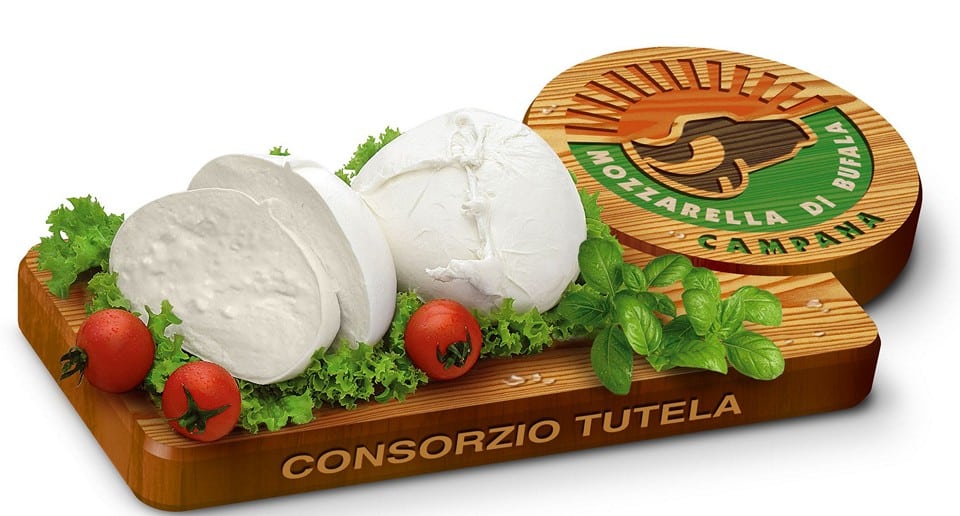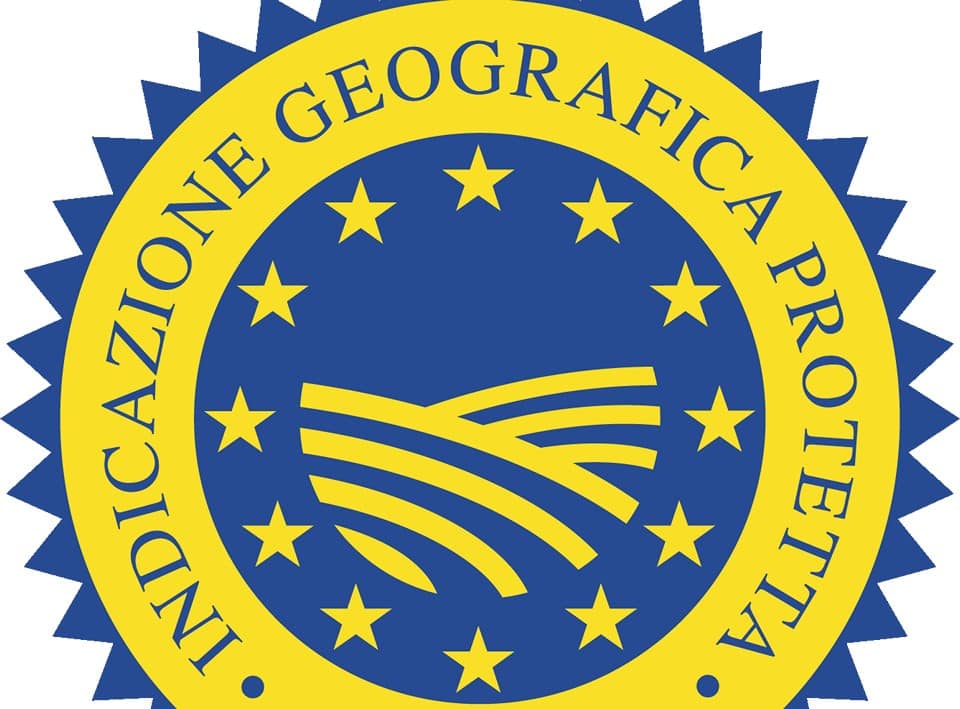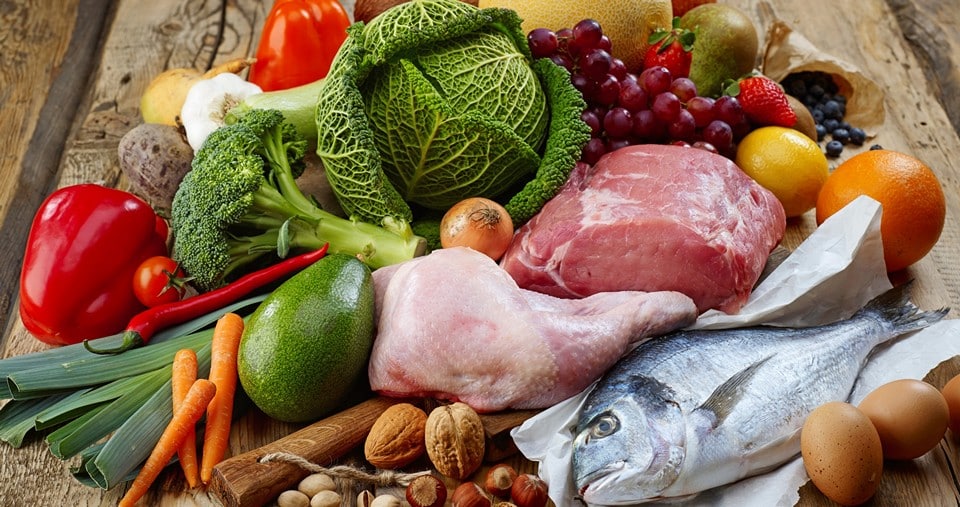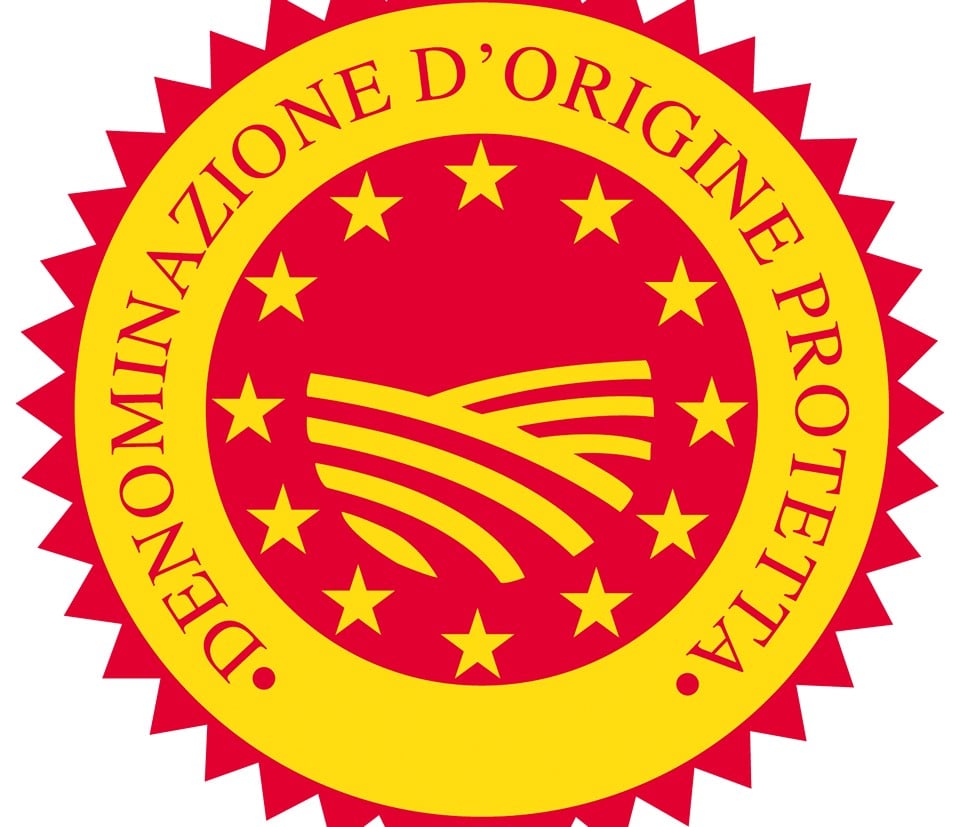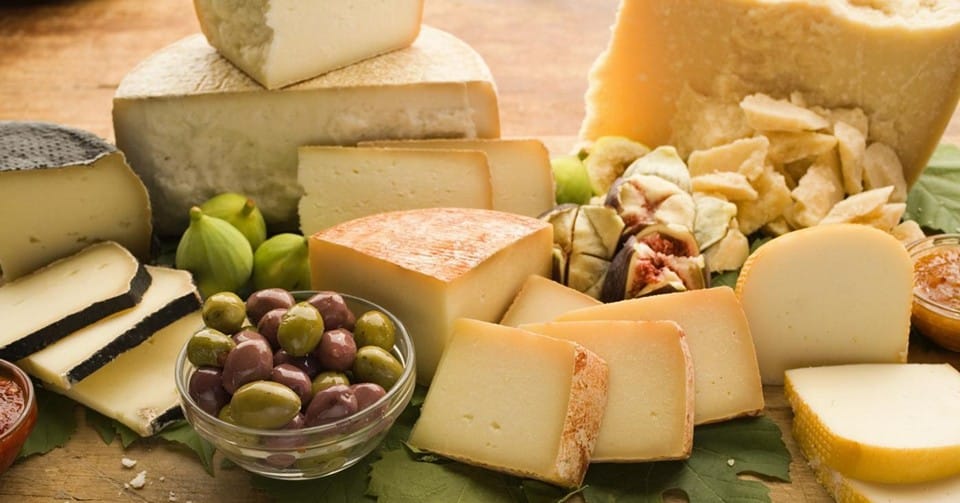Undoubtedly, reading articles on our site or visiting grocery stores in Italy, you have noticed the abbreviations DOP, IGP, and DOC, found in the names of some products. We have repeatedly mentioned that these symbols guarantee the quality and preservation of product traditions. Let’s finally understand how they work. We will start, perhaps, with the least demanding standard and continue in ascending order.
Page Contents
STG
Specialità Tradizionale Garantita (Guaranteed Traditional Specialties) – a quality mark originating from the European Union, aimed at protecting manufacturers that use time-honored traditional production methods. An STG category product is not tied to a specific geographical area but must fully comply with tradition.
The list of STG products is finally approved by the European Union Commission, and factories that have received the quality mark regularly undergo production inspections.
In addition to a specific name, traditional raw materials, stages, and production methods, the product must have at least one characteristic distinguishing it from another manufacturer’s products. Thus, the same product, made in different factories and belonging to different categories, can significantly differ from each other both in appearance and taste.
Notably, a product must have been on the market for at least 30 years to obtain this category. As of now, only two Italian goods have the STG category. They include Mozzarella and Neapolitan pizza (Pizza Napoletana).
IGT
Indicazione Geografica Tipica (Typical Geographical Indication) – one of five existing signs confirming the quality of Italian wine. It was introduced to promote good quality beverages that do not meet the requirements of stricter categories.
Unlike DOP or DOCG, IGT category winemaking goods are not required to be made from grapes entirely harvested in a limited area. Wines with this logo may not contain information about the origin of the grape variety. However, this does not affect their quality.
Some manufacturers sell their wine with the IGT mark at high prices because its quality is on par with top-tier category beverages.
IGT category beverages should not be confused with “table wines,” as the latter consists of a mix of two or more wines, resulting in their names usually lacking specifics. One of the requirements for the IGT category is that at least 85% of the used grapes were harvested in a specific area and have characteristic taste and aromatic properties. The remaining 15% can be of another variety, harvested in the same region or in adjacent areas.
In some regions of Italy, the term IGT on the label is replaced by a phrase written in the local language. So, in Valle d’Aosta, they write “VIN DE PAYS,” and in Bolzano, you can see the inscription “Landweine.”
As of today, 118 Italian wines carry the IGT quality mark. But this list is shrinking every year, as producers can apply for a higher status, such as DOC, five years after receiving the category.
IGP
Indicazione Geografica Protetta (Protected Geographical Indication) is a quality mark that came to Italy from the European Union to protect food and agricultural products, at least one of the characteristics of which (name, quality, traditions) is directly related to its production. Unlike other standards, for IGP it is sufficient for one of the stages of raw material preparation, processing, or production to be associated with a specific location.
The IGP quality mark was introduced in Italy to protect traditional products from counterfeiting and wrongful use of trademarks. You can easily recognize a product of this category by its logo: a blue-yellow sun, inside of which is clearly written Indicazione Geografica Protetta.
Obtaining the IGP distinctive mark is a rather complex task. To do this, manufacturers apply to the Ministry of Agriculture and Forestry with a statement detailing the product’s historical origin, territory, and specifics. A meeting of manufacturers and representatives of the Chamber of Commerce and Industry is organized to check the product’s compliance with all the requirements of the regulation. The collected data are sent to the European Commission, which makes the final decision. After receiving the category, an independent specification body recognized by the ministry regularly checks compliance with all the rules.
Currently, 117 Italian products belong to the IGP category. This group includes vegetables, cereals, meat, fish, desserts, pasta, and wines. Since 1992, many wines with the IGT mark have received the category of protected geographical indication. This was done to raise the status of beverages and designate their high quality.
DOC
Denominazione di Origine Controllata (Controlled Designation of Origin) is a quality mark born on the Italian peninsula in 1966 to guarantee the buyer a decent level of products, the origin of which you will definitely know. The chance of counterfeiting is minimized thanks to a series of checks constantly carried out during production.
This mark is most often used in winemaking. It was initially introduced by the Italians as an equivalent to AOC (Appellation d’Origine Controlée – Controlled Origin Authentication), which appeared in France at the beginning of the 20th century to define high-level wines.
Identifying DOC category wine is not difficult. Just look at the label: the inscription Denominazione di Origine Controllata should be present right under the name.
Wines awarded this designation must be produced in a specific area where the grapes used to make it also grow. The product must be of good quality, and if the wine has better properties than required by the rules, it is assigned the DOCG category. Before getting DOC status, wine must have the IGT logo for at least 5 years.
Not only the production processes of DOC products are under control, but even methods of maintaining grapevines (pruning, irrigation), grape yield per hectare, and alcohol production are monitored. The rules are so strict that when visually evaluating wine, it is not the color that is taken into account, but its shade, which must be strictly specific to a certain variety.
In the consumer characteristics of his product, the manufacturer must describe:
- Physicochemical and organoleptic properties;
- Grape variety;
- The shade of color, taste, and aroma of the drink;
- Alcohol content, acidity;
- Volume, material, and shape of the bottle;
- The climate of the production territory, soil composition, precipitation amount, and wine history, if known.
DOCG
Denominazione di Origine Controllata e Garantita (Controlled and Guaranteed Designation of Origin) is a mark introduced by the Italians to guarantee the quality and origin of the most valuable wine.
Although the category appeared in 1963, it really began to work in the 1980s.
A product can be classified as DOCG only if it meets certain characteristics:
- It must have the DOC logo for at least 10 years;
- Exceed DOC category drinks in quality and be popular enough;
- The production of wine over the past two years must have economic stability.
Unlike DOC, DOCG refers to a specific winemaking territory, which can be limited not only by region or city but also by a separate section of the province. In addition to the processes described for DOC, the quality control commission monitors the wine bottling stage.
You can identify this category of wine by the DOCG inscription located both on the label and on the cap of the bottleneck.
The first Italian wines were awarded the DOCG quality mark in 1980. They were now widely known red wines Brunello di Montalcino and Vino Nobile di Montepulciano. Currently, 74 drinks fall into this category.
The European DOP quality mark, which appeared on the peninsula, began to push the DOCG logo off wine labels. However, despite this, the second option is still used by manufacturers. Nowadays, versions with both logos are encountered.
DOP
Denominazione di Origine Protetta (Protected Designation of Origin) is a mark-protecting products whose quality properties are exclusively linked to the production area.
Among all the standards in Italy, DOP is the most well-known and the strictest. A product of this category is strictly controlled, from raw material to market entry. It is produced only in a specifically indicated place. BEsides, the combination of climate, environment, and human factors make the product unique.
The DOP logo is a yellow-red sun with the inscription “Denominazione di Origine Protetta” inside in a circle.
For cheese producers aspiring to obtain DOP status, the application must include the following information:
- Product name and production area;
- Type of milk, detailed process, physicochemical and organoleptic properties;
- Detailing the production process with a detailed description of all stages;
- Physicochemical indicators of cheese (maximum moisture, protein content, fats in dry matter);
- Organoleptic characteristics: taste, aroma, appearance;
- Weight and shape of the heads.
The logo, if any, with a thorough explanation of details and indication of the percentage component of each color.
Currently, 165 products in Italy have the DOP quality mark. These include wines, cheeses, meat, fish, and oil. Cheese and dairy products comprise a third of this category’s Italian goods. About 50 varieties of cheese have been awarded the DOP status.
If you have read until this moment, it means that now you can easily navigate though the Italian Quality Levels. Eat quality food, fly high, travel with taste, and remember: “There are no exceptions to Italian rules!”
 Italy for me From Italy with love
Italy for me From Italy with love


